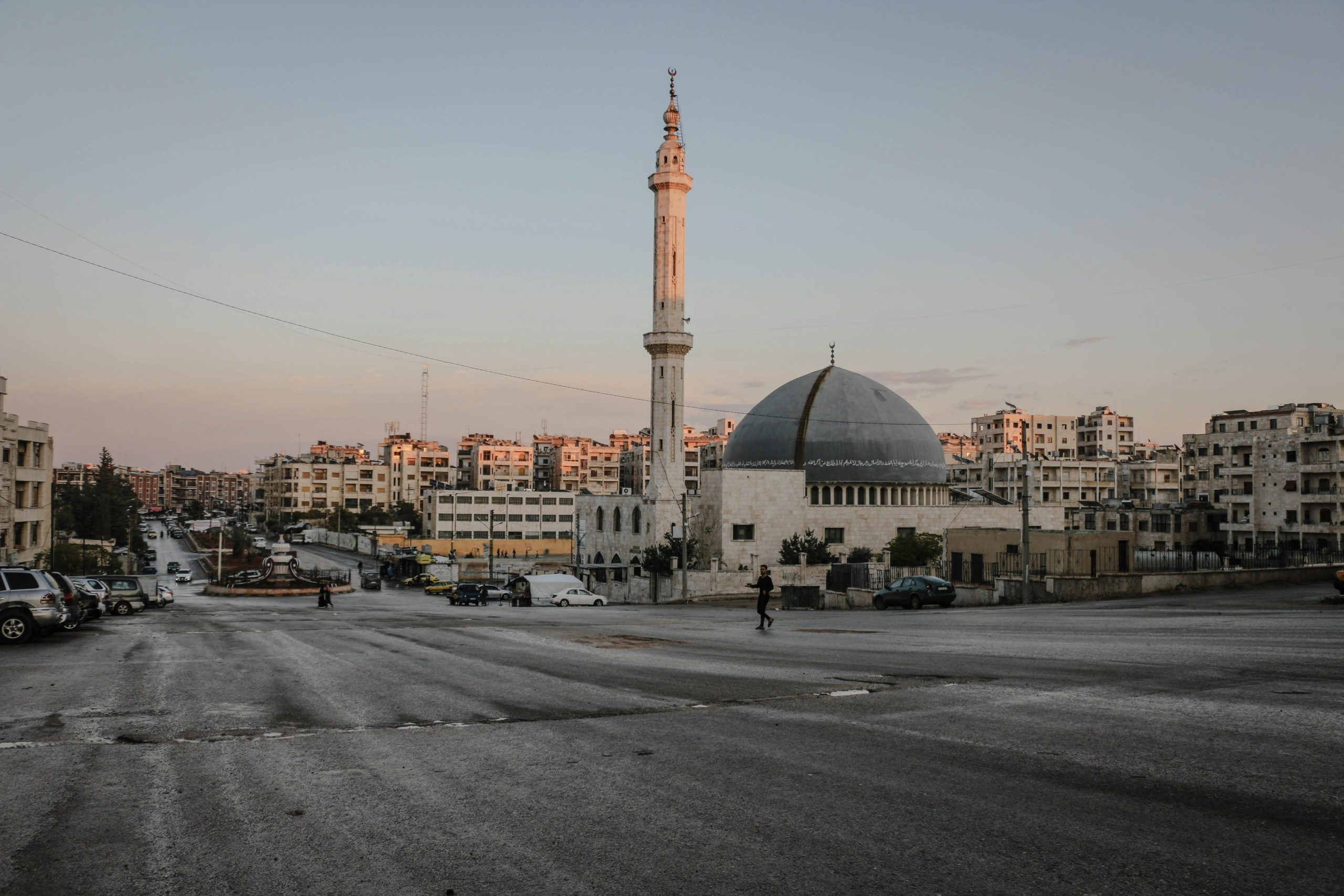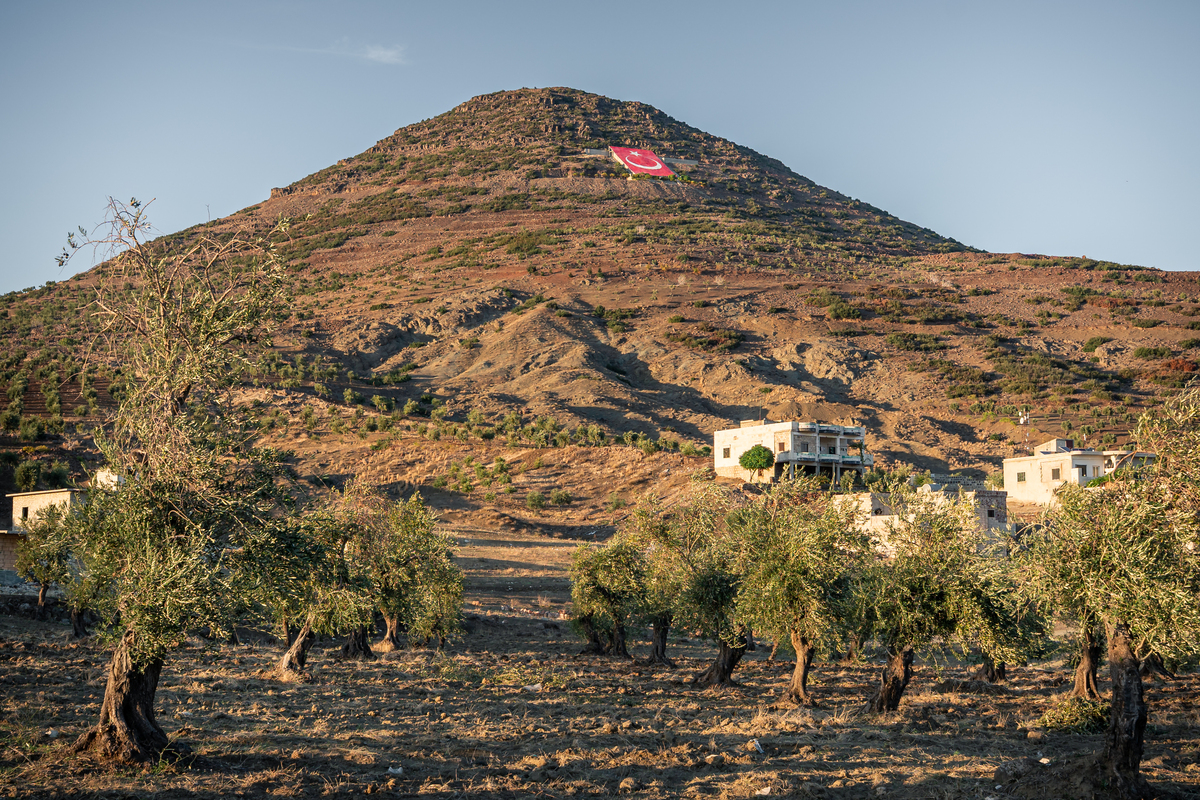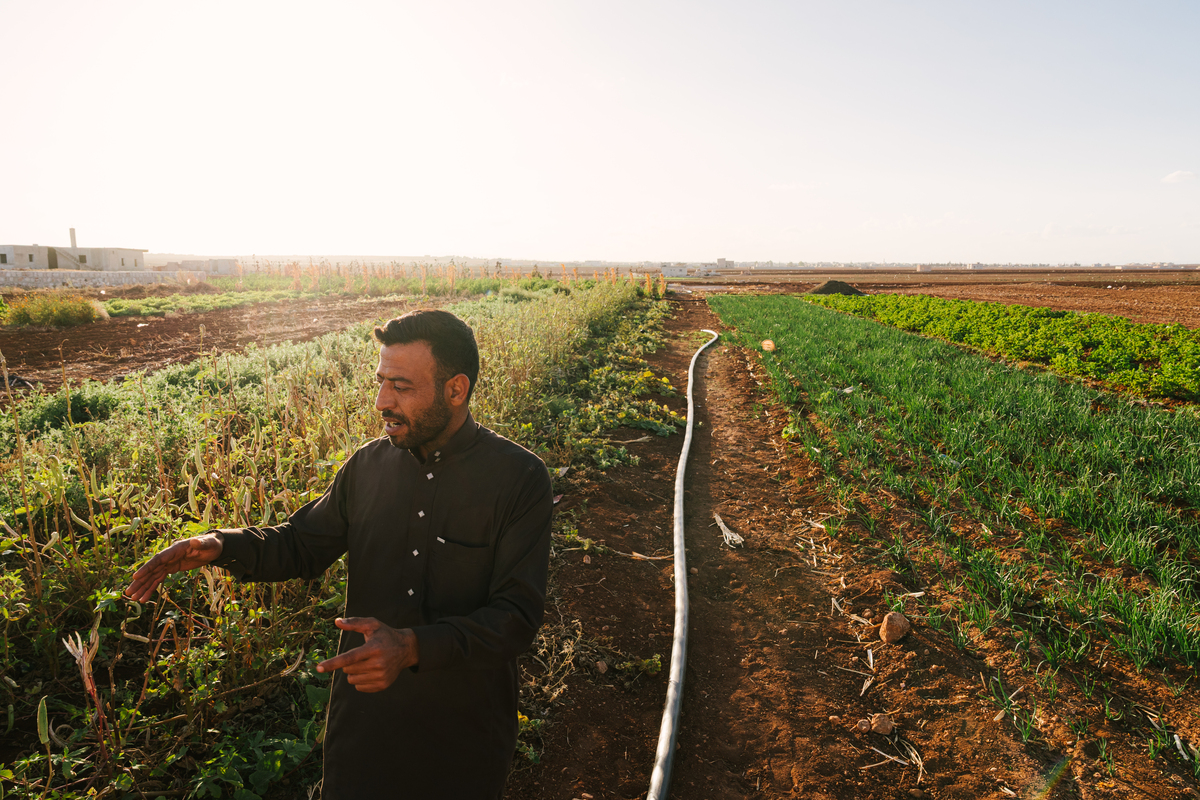As Syria Descends into Turmoil, ISIS Regains Its Footing
Picture Credits: Afshin Ismaili
Six years after the fall of Baghouz, the last stronghold of the so-called Islamic State in Iraq and Syria (ISIS) in Syria, the group’s shadow continues to cast a shadow over the country’s northeast. Sleeper cells have reawakened, assassinations have resumed, and security officials warn that ISIS is exploiting political chaos and economic despair to rebuild its networks.
After the fall of Baghouz in 2019, it seemed that ISIS had been consigned to the past. Yet, the reality on the ground has proved otherwise. ISIS has continued operating through sleeper cells that have carried out assassinations, ambushes, and bombings targeting the Syrian Democratic Forces (SDF), local leaders, and civilians in the Deir ez-Zor, Raqqa, and Hasakah provinces. These attacks have repeatedly resulted in casualties and material losses. Though geographically limited, ISIS cells have maintained an organized pattern of small, sporadic assaults targeting vital infrastructure and public facilities.
During the campaigns to defeat ISIS, the SDF was carrying out arrests in cooperation and coordination with the U.S.-led Global Coalition to Defeat ISIS–an international alliance of more than 80 countries and organizations formed in 2014– successfully detaining hundreds of ISIS fighters. As the group’s collapse progressed, arrests expanded to include senior leaders and field operatives. Detainees are now held in high-security prisons under the direct supervision of the Coalition, while their families are kept in tightly monitored camps to prevent communication with active cells. This issue has become an increasing challenge for the Autonomous Administration of North and East Syria (AANES), which bears the burden of security and management amid limited international support.
Following the fall of Bashar al-Assad’s regime on 8 December 2024, and Syria’s entry into a new transitional phase, ISIS activity has sharply increased in northern and eastern Syria.
Following the fall of Bashar al-Assad’s regime on 8 December 2024, and Syria’s entry into a new transitional phase, ISIS activity has sharply increased in northern and eastern Syria. The group has exploited political chaos and security vacuums to reorganize its ranks. Its attacks have focused on the Badia desert, Deir ez-Zor, and Raqqa, relying on hit-and-run tactics and mobile assassinations.
More Than 150 Attacks in 2025
Siamand Ali, head of the Media Office of the People’s Protection Units (YPG), told The Amargi that ISIS cells intensified their operations in 2025, carrying out “more than 150 terrorist attacks targeting SDF fighters, Autonomous Administration employees, local civilians, and community leaders.”
He said that the security forces, in coordination with the Global Coalition, launched more than 70 joint operations against ISIS cells in 2025, resulting in “the arrest of 90 members, including 14 senior leaders, and the killing of dozens of militants. More than 30 SDF fighters were killed in the same period.” Ali noted that areas west of the Euphrates, under the control of the Syrian Transitional Government, suffer from weak security, allowing ISIS operatives greater freedom of movement to regroup and reorganize.
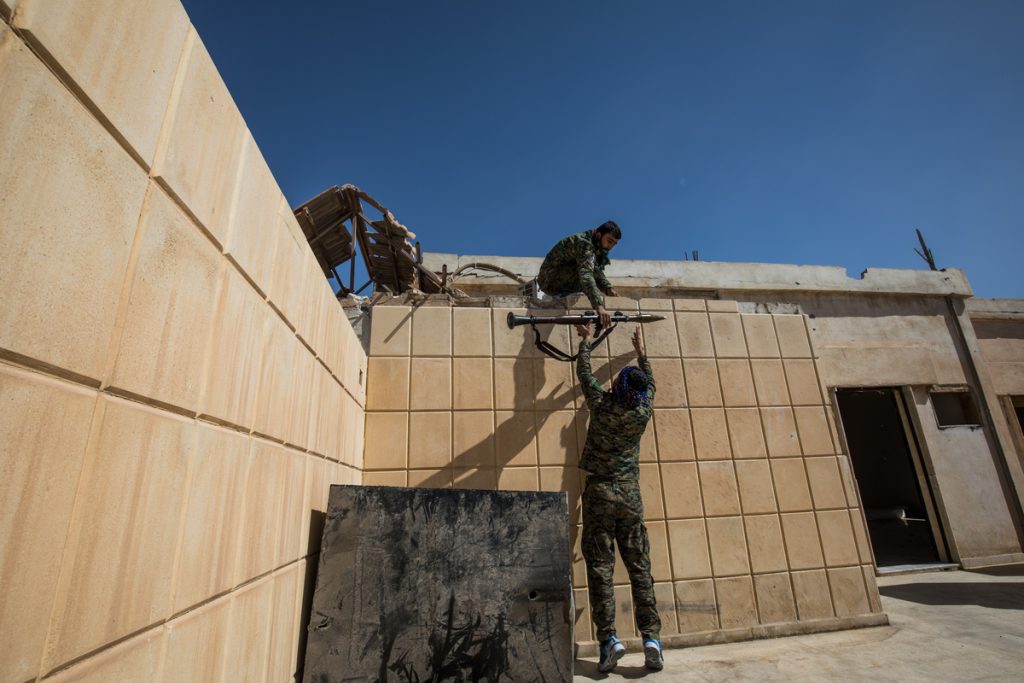
Ali added that “the SDF remains the only effective force on the ground confronting ISIS.” Continued cooperation with the Global Coalition, he said, is “the main guarantee against the group’s resurgence”. Intelligence operations, he emphasized, are ongoing to dismantle sleeper cells and prevent the organization from establishing new footholds.
He stated that in northern and eastern Syria, there are “more than 27 prisons holding over 10,000 of ISIS’s most dangerous fighters, in addition to the al-Hol and Roj camps that host tens of thousands of their family members.” This, he said, poses “a complex security and humanitarian challenge” in the absence of viable international solutions.
A Persistent Threat and an International Responsibility
“Thousands of children connected to the group require psychological and ideological rehabilitation…”
Hikmat Habib, a member of the Foreign Relations Office of the Autonomous Administration of North and East Syria and co-chair of the local Middle East Platform, told The Amargi that ISIS remains “a genuine threat” despite its territorial defeat. He claimed that the group’s military loss does not mean its end, since the ideology it left behind continues to spread in remote areas and among generations raised under its rule or within the families of its members. “Thousands of children connected to the group,” he noted, “require psychological and ideological rehabilitation, a process that demands extensive international support to reintegrate them into society.”
Habib described the prisons and camps in northern and eastern Syria as “ticking time bombs,” given that they hold thousands of ISIS fighters and their families from various nationalities. He stressed that the Kurdish-led Autonomous Administration in North and East of Syria bears a heavy burden in securing these facilities and urged the international community to assume its responsibility by supporting protection efforts and finding legal mechanisms to prosecute detainees, whether through a special international tribunal or by repatriating them to their home countries for trial.
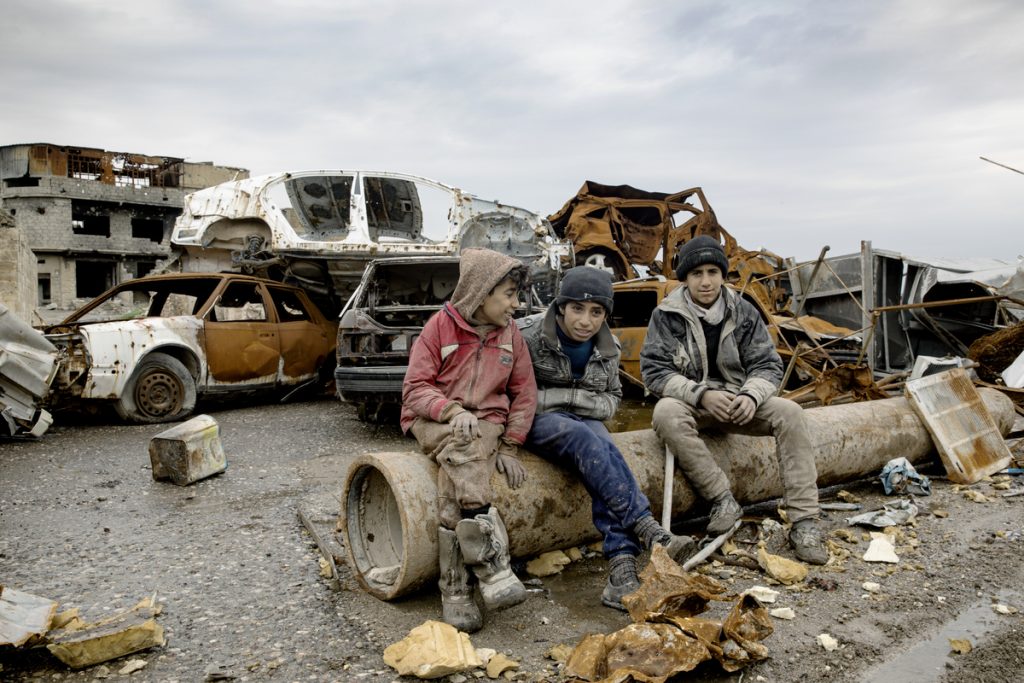
He warned that any reduction in the Global Coalition’s military role would give ISIS “an opportunity to redeploy.” Some cells, he said, still move freely across the desert and along the Syrian-Iraqi border.
“Eliminating ISIS,” he added, “requires not only a military approach but also intellectual, social, and economic strategies to ensure lasting stability.”
Habib also noted that the group’s reemergence in certain areas, or the failure to fully eliminate it, could threaten Syria’s overall stability, particularly during the current transitional phase. Such developments, he cautioned, could endanger the 10 March 2025 Agreement signed between SDF General Commander Mazloum Abdi and Transitional President Ahmed al-Sharaa, which was meant to serve as a cornerstone for building a decentralized, democratic state that guarantees equality in rights and duties.
ISIS Exploits Chaos and Parallel Economies
Security analyst Lamar Arkandi told The Amargi that ISIS still demonstrates “a high capacity for adaptation” despite its organizational losses. She explained that its sleeper cells operate through decentralized networks funded by smuggling, extortion, kidnapping, and arms trafficking. The group also exploits difficult economic conditions in the Badia desert and the eastern countryside to recruit new members, taking advantage of weak services and limited job opportunities.
“Families of ISIS members in al-Hol and Roj camps, she warned, continue to provide fertile ground for the revival of extremist ideology…”
Arkandi added that ISIS maintains “a flexible financial structure, with investments and external funding networks, some based in Turkey, used to support its operations and media activities.” Families of ISIS members in al-Hol and Roj camps, she warned, continue to provide fertile ground for the revival of extremist ideology, where children and women are recruited to spread jihadist narratives online.
She cautioned that any withdrawal or downsizing of the international presence would bring ISIS back to the forefront. “The group,” she said, “treats every security vacuum as an opportunity to expand and may soon attempt to shift from sleeper-cell activity to limited territorial control in order to establish a new symbolic temporary caliphate, before again collapsing under military pressure.”
The problem is further compounded by the deteriorating living conditions and the lack of job opportunities, as monthly wages in most professions do not exceed 90 US dollars in Syria. ISIS has exploited this situation to recruit young people by tempting them with salaries higher than what is available locally.
Unemployment in Deir ez-Zor and its countryside is among the most prominent economic and social challenges in the region, resulting from a combination of accumulated factors. After the oil fields stopped operating due to the war with ISIS, a large segment of the population lost its main source of livelihood. Moreover, Turkey’s cutoff of the Euphrates River water has led to a drop in water levels and a sharp decline in agricultural production, especially with the decreased rainfall in recent years. In addition, car owners who depend on their vehicles for transportation and income fear traveling and working due to ISIS attacks targeting civilians on the roads through killings, looting, and car theft — all of which have deepened the state of stagnation and unemployment in the area.
The Amargi spoke to several official local sources, although none could confirm the accurate unemployment rate in Deir ez-Zor and its countryside due to the lack of data, they estimated it to be around 40%.
U.S. Repositioning and the Challenges Ahead
Amid these developments, the U.S. Department of Defense has begun implementing a plan to reduce its troop presence in Iraq under its agreement with Baghdad, while shifting greater attention to Syria with the claim to counter the remaining ISIS threat. The first phase of the withdrawal was set to conclude by September 2025, with the second phase expected in 2026, leaving a limited U.S. force in the Kurdistan Region of Iraq.
Reports indicate that Washington intends to consolidate its forces in Syria by reducing the number of bases from eight to three
Meanwhile, the Pentagon has deployed additional reinforcements to northeast Syria, including fighter jets and refueling aircraft, to bolster intelligence operations and maintain readiness for any potential escalation. Reports indicate that Washington intends to consolidate its forces in Syria by reducing the number of bases from eight to three, with a long-term plan to operate primarily from a single base in the northeast.
This move shows that the U.S. does not intend a full withdrawal from Syria but rather aims to maintain a tactical presence that allows close monitoring of ISIS activity and continued coordination with the SDF. However, any significant reduction on the ground could create a security vacuum that ISIS might exploit to regroup, making sustained military and intelligence cooperation essential to preserving stability in the region.
Abbas Abbas
Abbas Abbas is a journalist and photojournalist for The Amargi in Qamishli, northeastern Syria (Rojava). He has worked with Al-Youm TV and Ornina Media, and contributed reports and visual stories to local and international outlets, focusing on field coverage and the humanitarian realities of the region.


